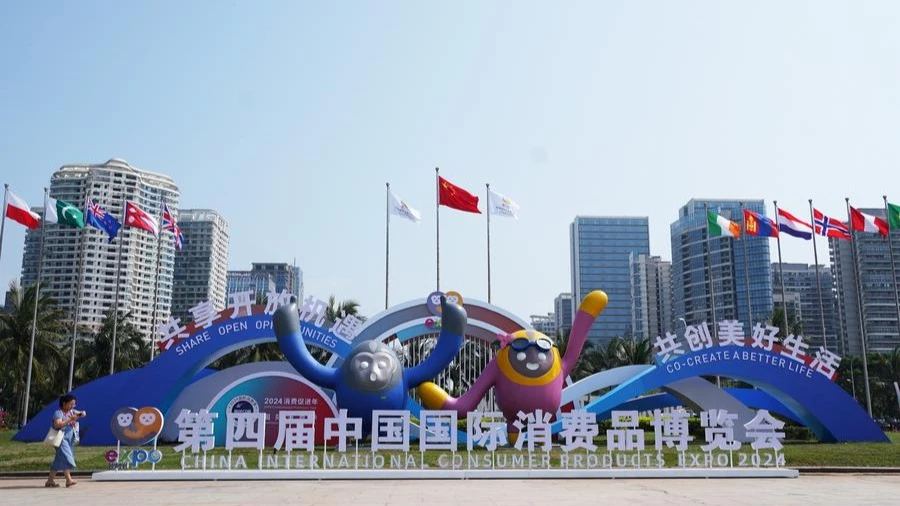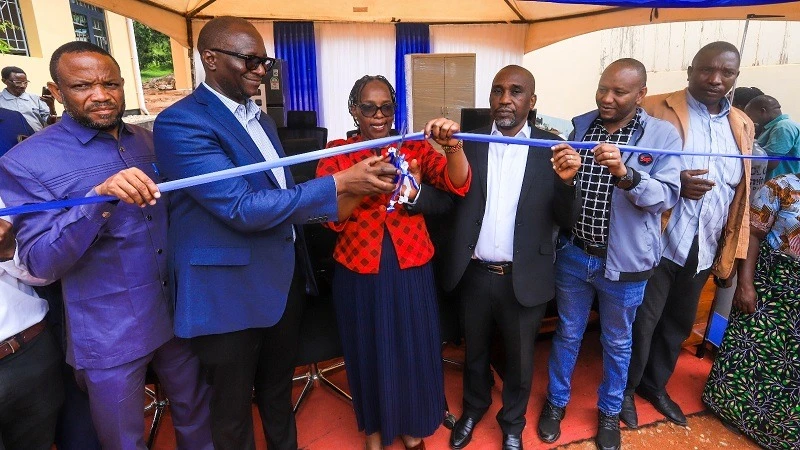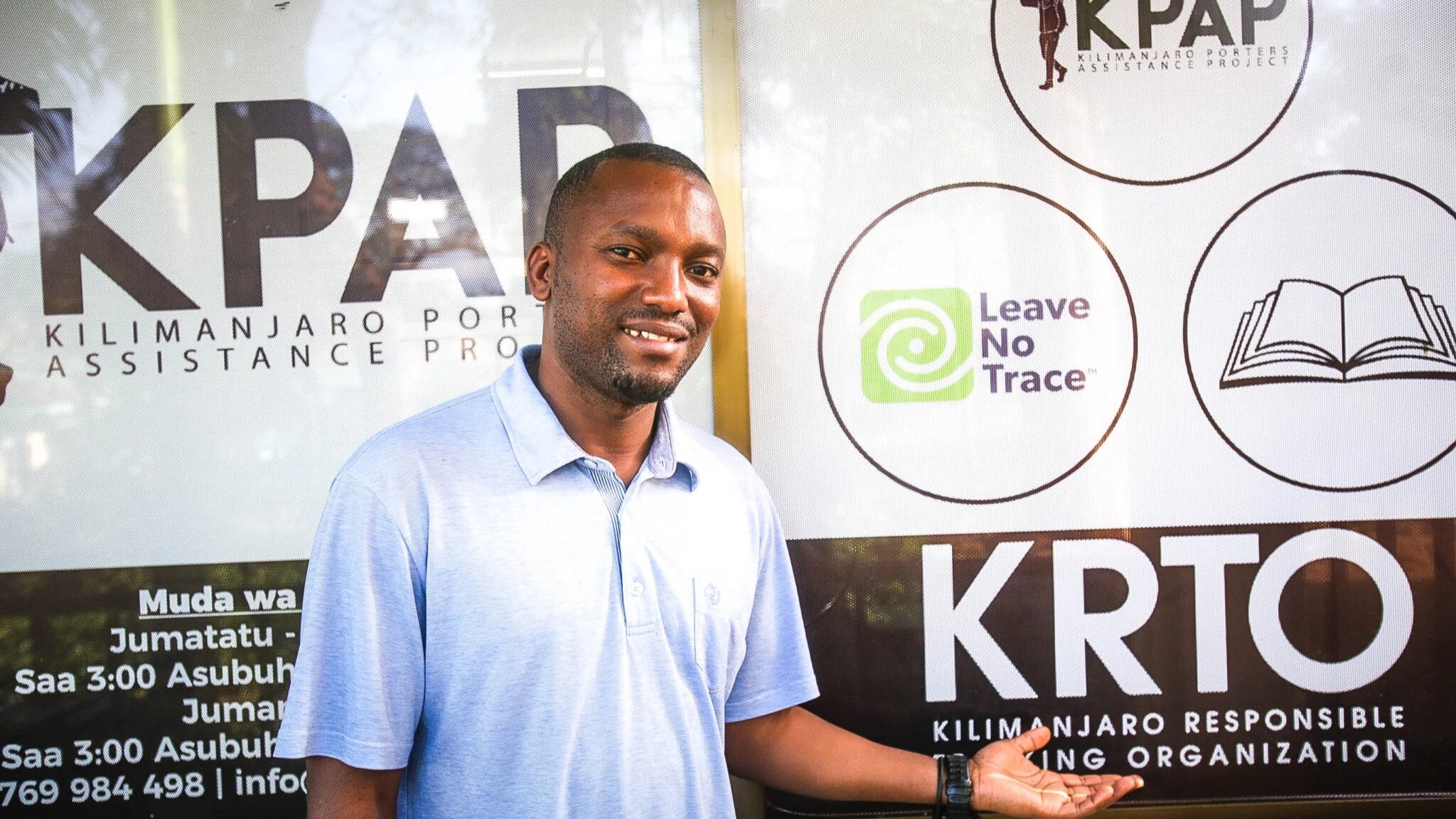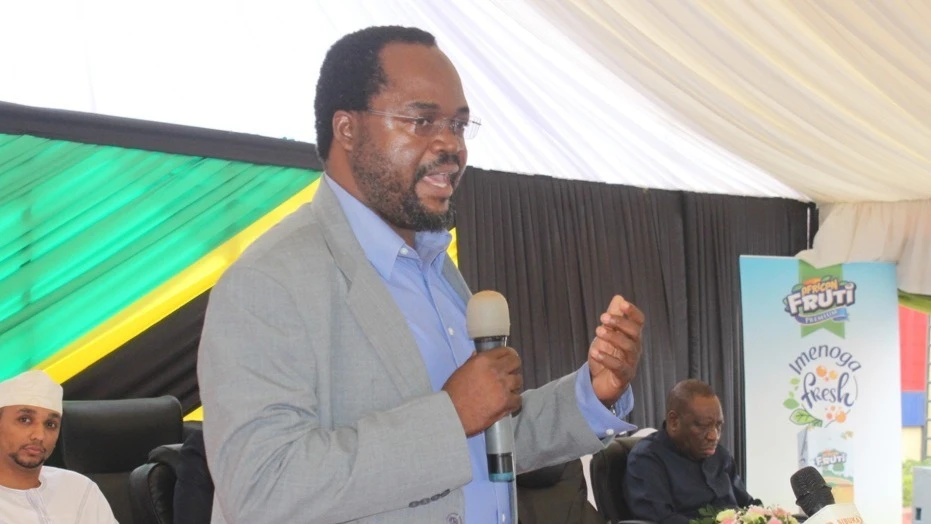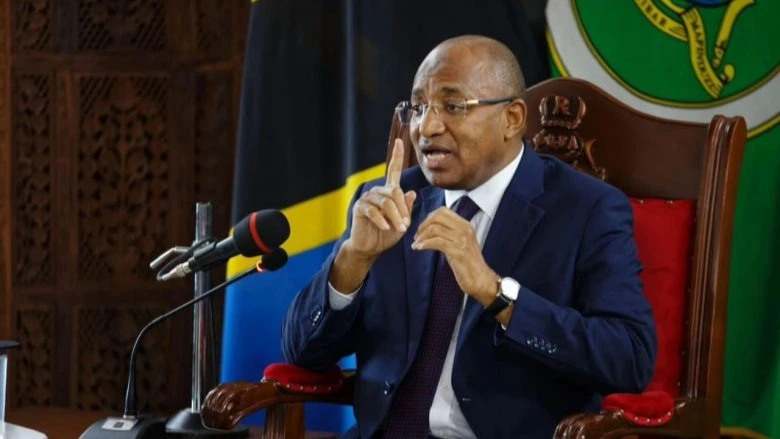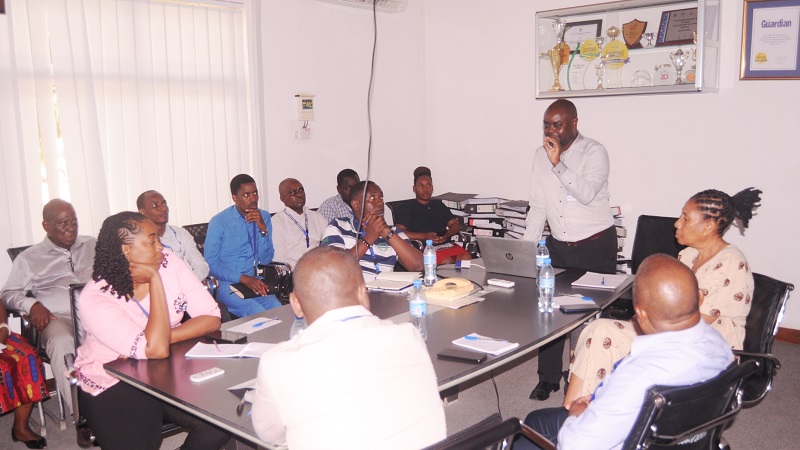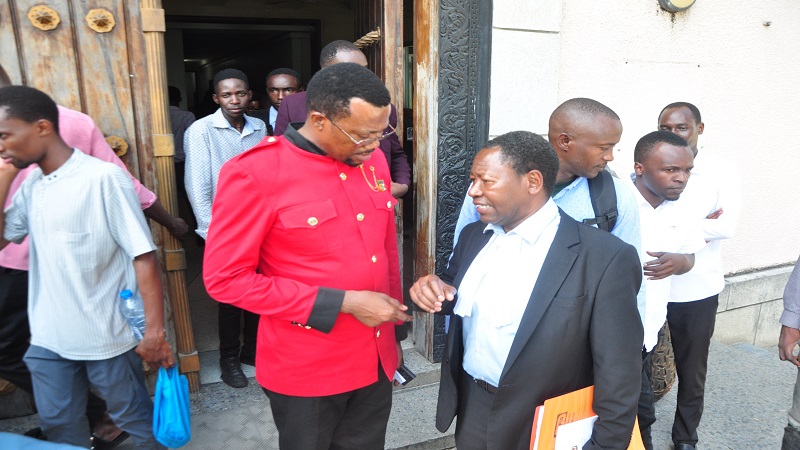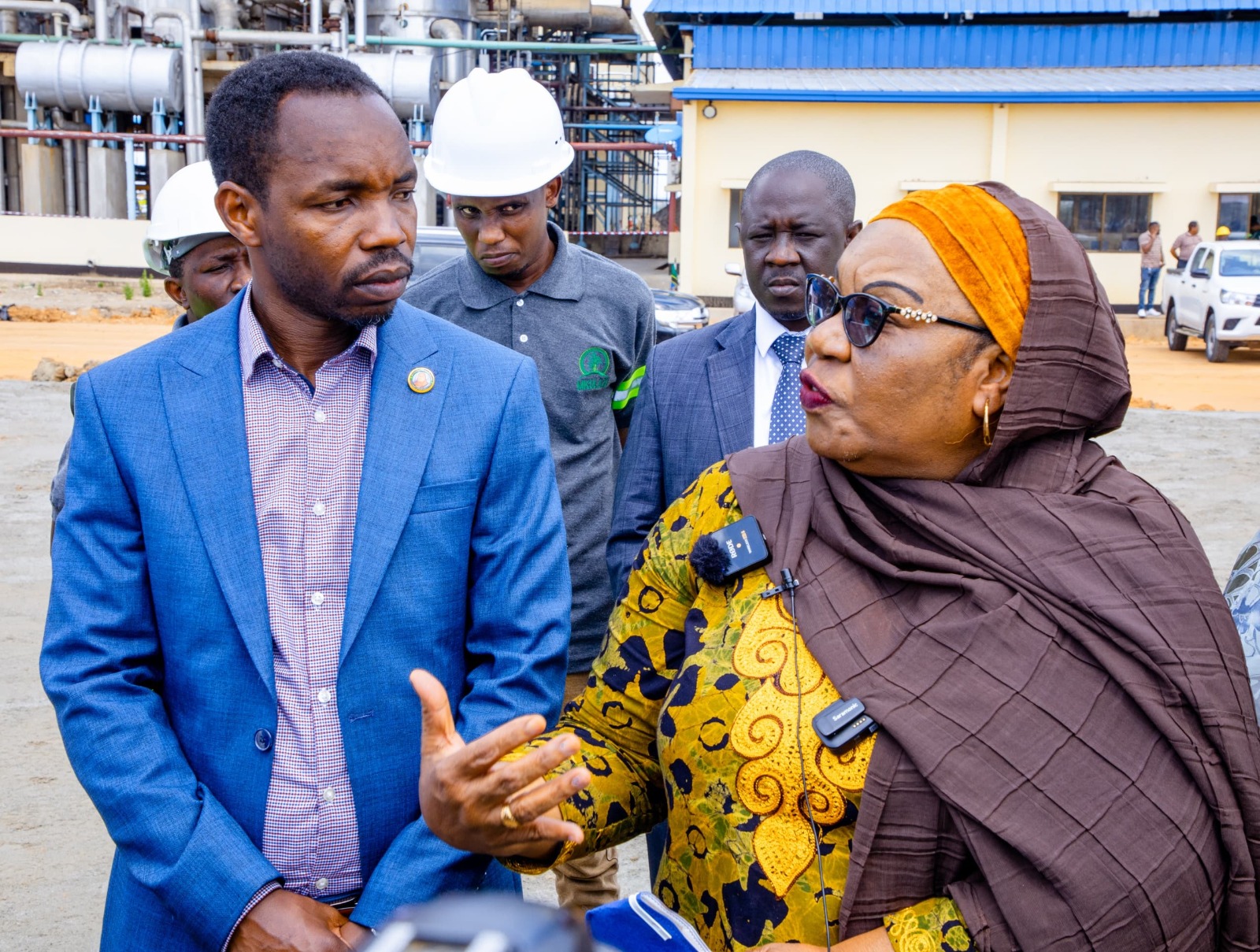TCB launches new drive to revive, expand the cotton processing industry
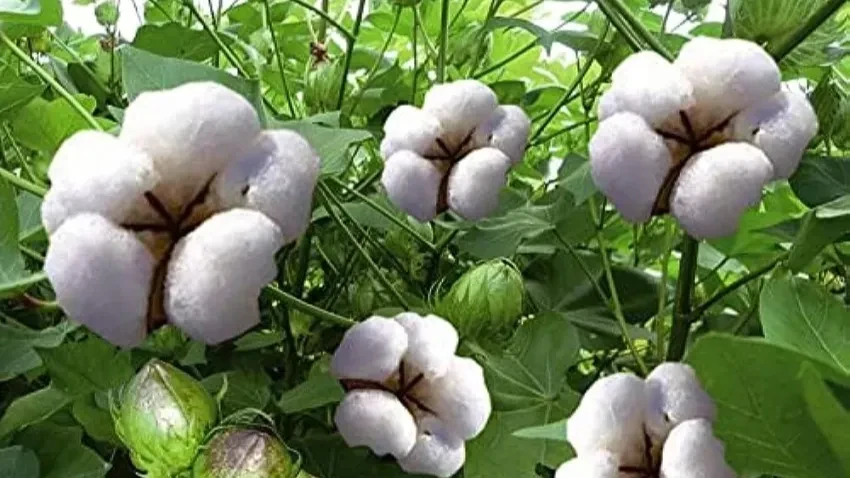
THE Tanzania Cotton Board (TCB) has embarked on a strategy to revive the number and performance of cotton ginneries in the country.
Among others, the ongoing strategy focuses on ensuring the country stands on a more professional side in attaining additional value chains for the crop.
James Shimbe, TCB acting director said here that there are at least 92 cotton ginneries in Tanzania.
"Out of the number, 58 factories are operating, with 35 ginneries currently active on the market," he said.
He briefed that the state-owned board is currently working to attract potential investors from within, and outside the country to chip in and invest in the economic sector.
"Cotton is currently grown within a total of eleven regions across the country, and there's a serious intervention to improve the crop's production and productivity, and thus, such efforts must go in tandem with the revival of relevant ginneries," he said.
He added that the vision is to ensure the country produces cotton fibres and clothes in finished form, to cater to domestic, as well as exportation.
Dwelling on the fact that Tanzania ranks first in the world for the production of organic cotton, Shimbe expressed high optimism that the country also stands an opportunity to excel in the processing sector.
"We have started to receive some applications from several investors who wish to invest in the ginneries sector, and we're looking forward to keep on receiving more applications," he unveiled.
He hailed the Tanzania Agricultural Research Institute (TARI) for running the special project for upscaling the production of the economic cash crop in the country.
Executed through the TARI Ukiriguru center, the project, christened, Cotton Victoria Project' is currently operating effectively to revive and improve cotton production within at least eleven regions.
The regions include Mwanza, Simiyu, Geita, Shinyanga, Tabora, Katavi, Kigoma, Singida, Tunduma, Morogoro, and Mara.
"Implementation of the project is playing a vital role in helping elevate the country's ability to produce quality cotton, the move which will now enable ginners to expand and improve production," Shimbe observed.
Implementation of the project involves several stakeholders, including the Ministry of Agriculture of Tanzania, the Brazilian Cooperation Agency (ABC), the Brazilian Cotton Institute (IBA), the Federal University of Lavras (UFLA), the Tanzania Agricultural Research Institute (TARI-Ukiriguru) and the Tanzania Cotton Board (TCB).
Dr Paul Saidia, the Director of TARI Ukiriguru Centre, said the around 5,802,019.08 USD worth project has been providing training, technical assistance, and demonstration plots to thousands of cotton farmers who have been working hard to improve their crop management and increase their yield.
Among others, the initiative under the financial auspices from Brazil is training the cotton growers over the recommended new planting space of 60 centimetres from row to row, and 30 centimetres from hole to hole, bringing the number of cotton plants to 44,444 per acre from the formal 22,222 plants.
Currently, the cotton sector contributes at least 14 percent to the country's Gross Domestic Product (GDP).
Top Headlines
© 2024 IPPMEDIA.COM. ALL RIGHTS RESERVED





